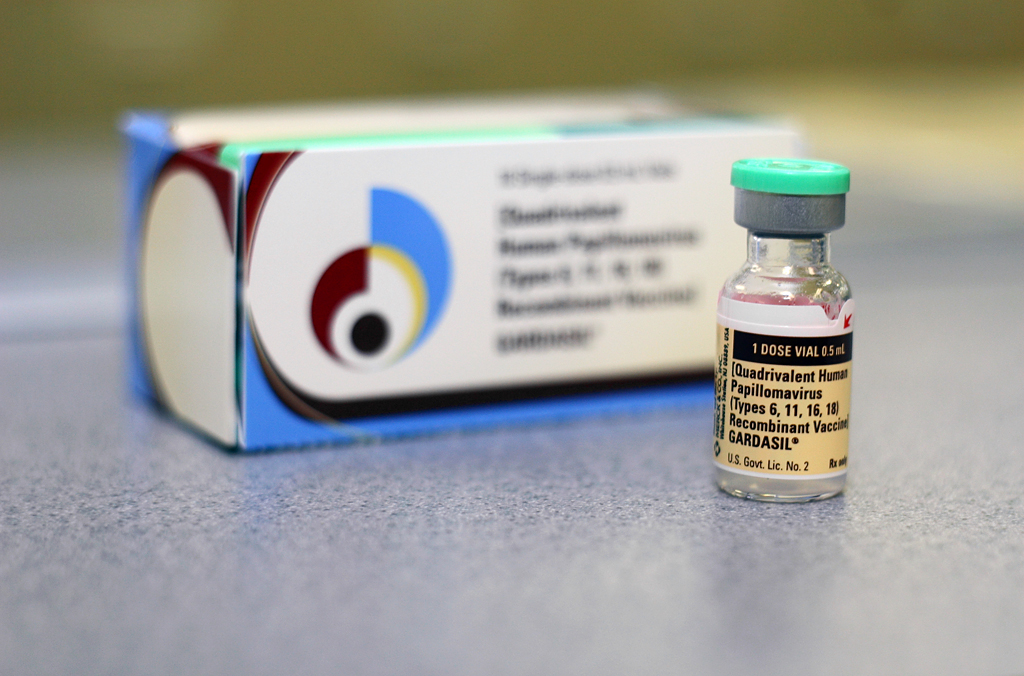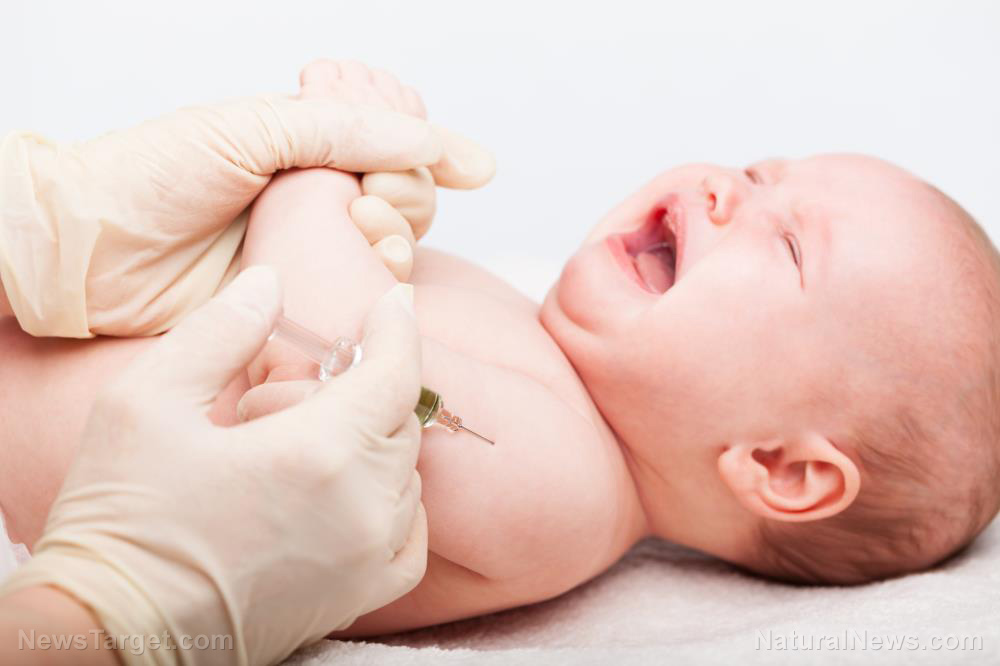One-third of cesarean births justified by fear, obesity or age
11/14/2017 / By Jhoanna Robinson

According to figures from the National Health Service, more women in the United Kingdom are opting to have cesarean deliveries.
In 2016, almost 28 percent of women who gave birth underwent a cesarean, which is a three-fold increase since the 1980s. This is including the 12.1 percent of the pregnant women who planned a cesarean way before their date of delivery – one in eight – in 2016-2017, which increased from 2015-2016’s 11.5 percent. The remainder got a cesarean delivery in emergency.
According to doctors who attended to these women, many of them were advised to have planned cesareans to get around life-threatening complications that a normal delivery would have presented. However, the figures were also indicative of a rising trend among women to opt for their stomach getting sliced instead of having their baby vaginally because they are scared of having a natural childbirth.
Some women have had a horrible experience during the delivery of their first baby as they labored for several days in hospitals that contained overcrowded maternity units.
For instance, 43-year-old actress and presenter Denise van Outen had been so traumatized by stories that family and friends told her her about giving birth the natural way that she decided she would never risk her life and her baby’s life by undergoing a natural delivery.
Van Outen had a planned cesarean when she had her now seven-year-old daughter Betsy, whom she raises with her ex-husband, 36-year-old musical theater performer and television actor Lee Stephen Mead.
“My sister had two very traumatic births that ended in an emergency C-section and it put the fear of God in me. And when I got pregnant, I was so stressed. I went for an elective cesarean because my mom almost died giving birth, I saw what my sister went through, and I was so scared,” Van Outen said.
She reiterated her stance of not being sorry that she chose to have birth via having a planned cesarean when she appeared on ITV’s Loose Women show in August.
In 2011, the National Institute for Health and Care Excellence (NICE) made a statement that supported this sentiment of pregnant women and released new guidelines that mandated hospitals to offer cesarean services to women who chose to have them instead of the natural way of giving birth.
Shortly before this guidance was issued, some hospitals have reported a 40 percent rise in the number of women who were asking for the procedure in one year.
“These figures reflect the increasing number of complex births due to rising maternal age and obesity, together with more women with pre-existing medical conditions having babies. Together, these factors increase the risk of miscarriage, stillbirth, and a more complicated labor, resulting in medical interventions such as the need for planned or emergency cesarean sections, instrumental vaginal deliveries, and induced labors,” Royal College of Obstetricians and Gynaecologists spokesman Edward Morris said.
Women are normally encouraged to have the C-section if they go beyond two weeks past their due date, although this regulation varies among hospitals. (Related: Caesarean births more than double the risk of infant death vs. normal delivery.)
“While it can feel frustrating to go past a due date, this is only an estimated time. Pregnant women can always talk to their midwives about options including the risks and benefits to them and their babies of inductions, cesareans, and waiting longer for spontaneous labor,” Abi Wood, of the National Childbirth Trust, said.
While undergoing an elective C-section can have its benefits, such as having more control over the operation, knowing the date of operation in advance and so having the ability to plan around it, and taking advantage of the fact that the whole procedure is quick (it usually takes less than 45 minutes in total), it poses grave danger risks, such as the anesthetic causing your blood pressure to drop and giving you the “shakes”.
For more stories that concern the health and welfare of women, visit WomensHealth.news today.
Sources include:
Tagged Under: Cesarean delivery, childbirth, health care costs, medical procedures, natural delivery, normal delivery




















